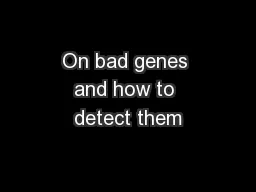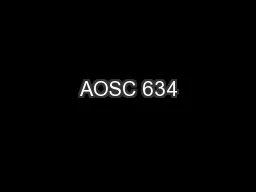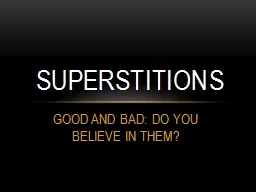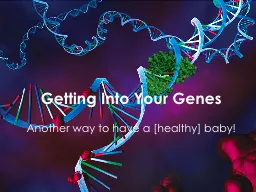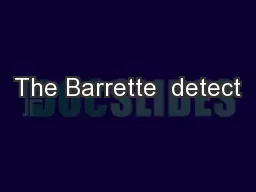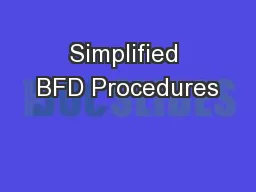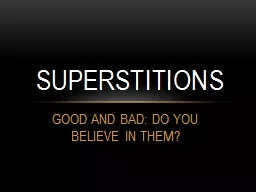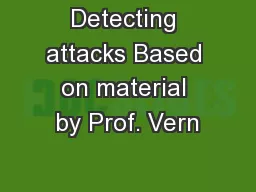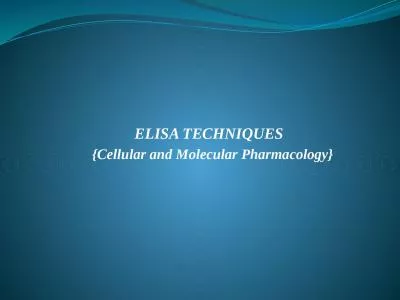PPT-On bad genes and how to detect them
Author : sherrill-nordquist | Published Date : 2016-05-27
Game from Univ Utah Siguna Mueller PhD student in BMS Univ Wyoming What is DNA Each cell needs instructions for its role in the body What do these instructions look
Presentation Embed Code
Download Presentation
Download Presentation The PPT/PDF document "On bad genes and how to detect them" is the property of its rightful owner. Permission is granted to download and print the materials on this website for personal, non-commercial use only, and to display it on your personal computer provided you do not modify the materials and that you retain all copyright notices contained in the materials. By downloading content from our website, you accept the terms of this agreement.
On bad genes and how to detect them: Transcript
Download Rules Of Document
"On bad genes and how to detect them"The content belongs to its owner. You may download and print it for personal use, without modification, and keep all copyright notices. By downloading, you agree to these terms.
Related Documents

